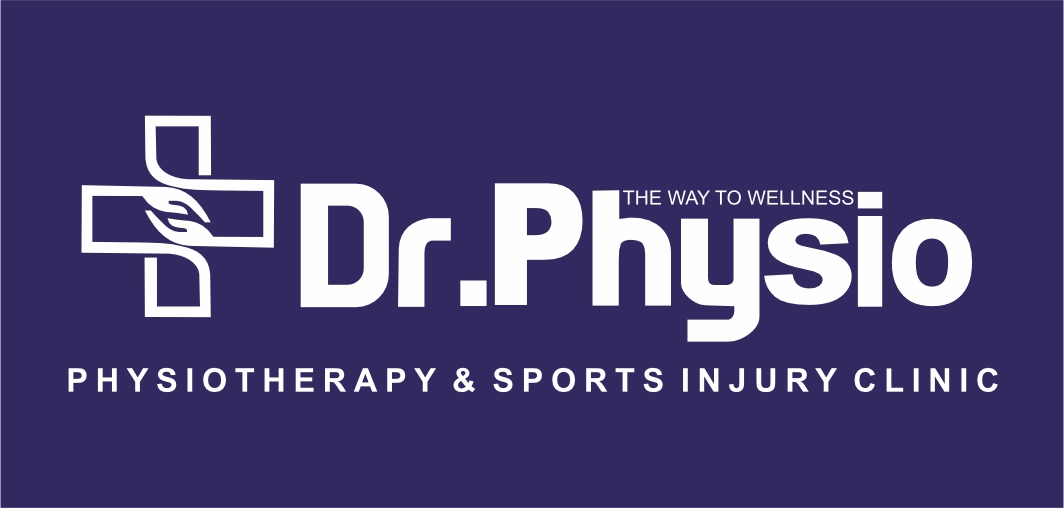+918048039022

This is your website preview.
Currently it only shows your basic business info. Start adding relevant business details such as description, images and products or services to gain your customers attention by using Boost 360 android app / iOS App / web portal.
Physiotherapy for conditions involving the hip ...

Physiotherapy for conditions involving the hip joint aims to address pain relief, improve mobility, restore strength and function, and prevent future injuries. There are several common conditions of the hip joint that physiotherapy can effectively manage: Osteoarthritis: This degenerative joint disease is common in the hip joint, causing pain, stiffness, and reduced range of motion. Physiotherapy focuses on exercises to maintain joint mobility, strengthen muscles around the hip (especially the hip abductors and stabilizers), and improve overall function. Hip Fractures: After surgical repair of a hip fracture, physiotherapy plays a crucial role in rehabilitation. Early mobilization exercises, gait training, and strengthening exercises are typically included to restore weight-bearing ability, improve balance, and prevent complications like muscle weakness or joint stiffness. Hip Bursitis: Inflammation of the bursae (fluid-filled sacs that cushion the hip joint) can cause pain and limit movement. Physiotherapy may involve stretching exercises to improve flexibility, strengthening exercises for the hip muscles, and modalities like ultrasound or ice therapy to reduce inflammation and pain. Hip Labral Tears: Tears in the labrum (the cartilage that lines the hip socket) can cause pain and instability. Physiotherapy focuses on strengthening the muscles that support the hip joint, improving hip joint stability through specific exercises, and gradually increasing range of motion without exacerbating symptoms. Hip Impingement (Femoroacetabular Impingement - FAI): This condition involves abnormal contact between the ball and socket of the hip joint, causing pain and restricted movement. Physiotherapy aims to improve hip joint mechanics, strengthen the surrounding muscles (particularly the hip flexors and abductors), and educate patients on proper movement patterns to reduce impingement. Post-Surgical Rehabilitation: After hip replacement surgery or other surgical interventions on the hip joint, physiotherapy is crucial for recovery. This involves exercises to regain range of motion, strengthen muscles, improve balance and coordination, and gradually return to normal activities. Physiotherapy interventions commonly used for hip joint conditions include: Exercise Therapy: Targeted exercises to improve strength, flexibility, and joint stability. Manual Therapy: Techniques such as joint mobilization, soft tissue massage, and stretching to improve joint mobility and reduce stiffness. Modalities : ultrasound, electrical stimulation to manage pain and inflammation. Education: Providing guidance on proper body mechanics, ergonomic modifications, and home exercises to promote long-term joint health. The specific physiotherapy approach will depend on the individual's diagnosis, overall health, and functional goals. Physiotherapists tailor treatment plans to address the unique needs of each patient, ensuring a comprehensive approach to hip joint rehabilitation and recovery.

